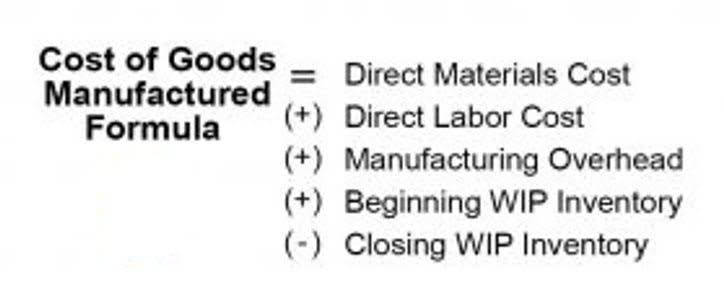How to Calculate Average Shareholder Equity The Motley Fool

Stockholders Equity provides highly useful information when analyzing financial statements. In events of liquidation, equity holders are last in line behind debt holders to receive any payments. The SE statement includes sections that report retained earnings, unrealized gains, losses, contributed (additional paid up) capital, and stock (familiar, preferred, and treasury) components. However, by preceding dividends for a year, the company can increase its retained earnings and, as a result, stockholders’ equity. It is a value that primarily provides investors with an overview of potential financial risks that the company may face.

In other words, if ABC Widgets liquidated all of its assets to pay off its debt, the shareholders would retain 75% of the company’s financial resources. The reason for this is that there’s quite a bit of important information that a balance sheet and owner’s equity doesn’t tell us. For example, it doesn’t tell us whether a business is profitable or not, what its operating margin is, or whether it produces positive operating cash flow. It’s important to note when it comes to publicly traded companies that owner’s equity and market capitalization (market cap) are two very different concepts. Owner’s equity is simply the on-paper value of a company’s assets minus its liabilities. So, the simple answer of how to calculate owner’s equity on a balance sheet is to subtract a business’ liabilities from its assets.
Shareholders Equity Calculation Example
Start with a free account to explore 20+ always-free courses and hundreds of finance templates and cheat sheets. Check out this step-by-step guide to learn how to calculate an average stock price. For example, many soft-drink lovers will reach for a Coke before buying a store-brand cola because they prefer the taste or are more familiar with the flavor. If a 2-liter bottle of store-brand cola costs $1 and a 2-liter bottle of Coke costs $2, then Coca-Cola has brand equity of $1.

For businesses, it is the cheapest source of financing because interest payments are tax-deductible, and debt generally provides a lower return to investors. Mr. Arora is an experienced private equity investment professional, with experience working across multiple markets. Rohan has a focus in particular on consumer and business services transactions and operational growth. Rohan has also worked at Evercore, where he also spent time in private equity advisory.
What are the Components of Shareholders Equity?
Once all liabilities are taken care of in the hypothetical liquidation, the residual value, or “book value of equity,” represents the remaining proceeds that could be distributed among shareholders. Current assets are those that can be converted to cash within a year, such as accounts receivable and inventory. Long-term assets are those that cannot be converted to cash or consumed within a year, such as real estate properties, manufacturing how to calculate stockholders equity plants, equipment, and intangible items like patents. This tells you that ABC Widgets has financed 75% of its assets with shareholder equity, meaning that only 25% is funded by debt. Looking at the same period one year earlier, we can see that the year-over-year (YOY) change in equity was an increase of $9.5 billion. The balance sheet shows this decrease is due to a decrease in assets, but a larger decrease in liabilities.
- He currently researches and teaches economic sociology and the social studies of finance at the Hebrew University in Jerusalem.
- However, debt is also the riskiest form of financing for companies because the corporation must uphold the contract with bondholders to make the regular interest payments regardless of economic times.
- Looking at the same period one year earlier, we can see that the year-over-year (YOY) change in equity was an increase of $9.5 billion.
- In real-world situations, small business accounting software can help you calculate your owner’s equity.
- For example, return on equity (ROE), calculated by dividing a company’s net income by shareholder equity, is used to assess how well a company’s management utilizes investor equity to generate profit.
However, it’s important to remember that it is influenced by factors the company can control, such as dividends paid. By adjusting the dividends paid for the year, the company can influence the equity (in small amounts). If the value of all assets exceeds the value of all liabilities, the equity is positive and indicates a thriving business. It’s important to remember that it may not reflect the amount that would be paid out to investors following a liquidation with 100% accuracy. Examining the return on equity of a company over several years shows the trend in earnings growth of a company. For example, if a company reports a return on equity of 12% for several years, it is a good indication that it can continue to reinvest and grow 12% into the future.
Leave a reply
Laisser un commentaire